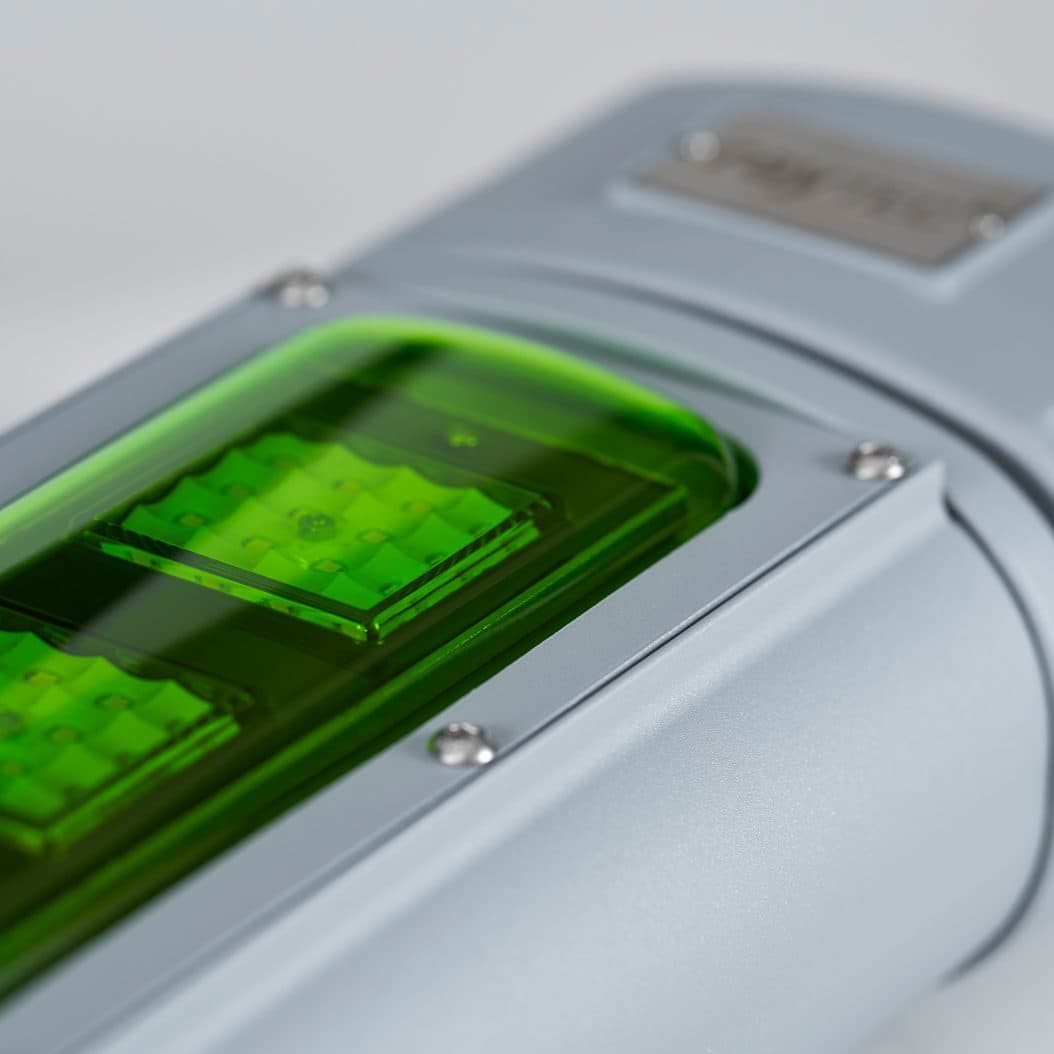Hopefully, you have never seen one or ever used one yourself. But you have most likely heard of something called emergency showers. If not by this name, then at least by other names, such as safety showers, lights or industrial safety showers. You are also aware that most workplaces need such safety showers and lights. However, if your business doesn’t have one, you may be wondering what is a safety shower and why you use it. Let’s take a deep look into what a safety shower is and why it is considered emergency safety equipment.
What is a safety shower?
Coming right to the first question, what is a safety shower? Well, it is an essential wash equipment that is used to cleanse those individuals who have undergone hazardous material exposure. These showers are also necessary tools, especially when it comes to burns or exposure to chemicals, and help minimize injuries. Its overhead design ensures that harmful substances from the body are quickly removed through a full body wash. Safety showers are quite an essential part of places where there is a risk of exposure to harmful chemicals or other hazards.
Types of Safety Showers and Their Uses
Showers are available in multiple designs. Each type of emergency safety shower light has its own unique feature designed to meet situational and environmental requirements. This ensures immediate decontamination in terms of exposure to hazardous substances. Here are a few of the types of industrial safety showers that are available based on their functions.
Floor-Mounted Safety Shower
Floor-mounted safety showers are considered to be one of the stand-alone units that could be installed directly onto the floor of a facility. These showers are quite versatile and could be placed in planned locations in a workplace to ensure that they are accessible, especially in an emergency situation. The design form of floor-mounted showers also allows for easy access with an easy operation mechanism where you just need to push the handles or pull the lever. This action will quickly activate the flow of water.
Ceiling-Mounted Safety Shower
Ceiling-mounted safety showers are installed overhead and designed to save space while also providing the needed decontamination. These units are integrated into the ceiling and allow for a direct downward water flow that ensures full coverage of the body during the wash. Ceiling-mounted showers are ideal for spaces with limited floor space or where a clean and subtle appearance is preferred. Their placement ensures that the shower area will remain unhampered while also providing immediate access for rapid decontamination.
Wall-mounted Safety Shower
A wall-mounted safety shower is attached to the wall and designed to maximize space efficiency while also providing immediate decontamination properties. These units are particularly useful in environments where there is limited floor space. The shower head is also typically positioned at such a height that it ensures full body coverage, and the activation technique is also quite straightforward. All you need to do is pull down a lever or handle that releases the water steadily and quickly.
Freeze-Resistant Safety Shower
Freeze-resistant safety shower lights are designed for use in environments where the temperature could drop way below the freezing point, preventing the water from freezing inside the shower. These showers have insulated pipes attached to them along with self-regulating heating cables, which help maintain water at a usable temperature. This design also ensures that the shower remains operational even when it is used in cold conditions, which provides reliable access to decontamination facilities in all weather.
Difference Between Safety Showers and Eye Wash Stations
While both safety showers and eye wash stations are used as emergency safety equipment, they differ in their area of usage and various other factors. Let’s examine the multiple differences between safety showers and eye wash stations.
Safety showers
Safety shower lights usually use large volumes of gushing water to wash away hazardous materials that have come in contact with a person’s body. Safety showers could also extinguish and flush out clothing fires.
Much like at home, a shower fixture can be located on a ceiling or a wall. It may also be set inside an enclosed cubicle for privacy or floor-mounted for easy access. A chain or lever is usually used to activate the shower, either by foot or hand.
Eyewash stations
Eyewash stations, on the other hand, are designed to flush out contaminants and debris from the face or eyes. The water sprays at a lower pressure and flow rate than shower equipment, which also helps protect sensitive eye areas from further damage during irritation.
These may be fixed onto a wall or pedestal mounted onto the floor while being set into a counter. A foot or hand peddle usually activates the eyewash, ensuring that it is easy to operate. Even when a user is experiencing limited vision, it can be used with a single push. Dust covers protect spray heads from debris or dirt when the unit is not in use.
Safety shower installation
Proper safety shower installation is essential to ensure a safe working environment. These facilities also help curb the risks of injuries from hazardous exposures, hence ensuring compliance with safety standards. Here are a few of the steps you need to follow during a safety shower installation.
Location of the shower
The placement of a safety shower is critical. They should be installed in easily accessible areas, ensuring that people with exposed hazardous substances can reach the areas within 10 seconds. The path should also be free of obstacles.
Compliance with the standards mentioned
Adhering to regulatory standards is crucial when it comes to safety shower installation. Ensure that compliance with AS 4775 requirements is maintained. This includes specific criteria for flow rates, temperature, and maintenance. Also, regularly review the standards and update them accordingly.
Adequate amount of water
A sufficient and reliable water supply should be present. The water should be tepid, around 16 to 38 degrees Celsius, to avoid further shock or injury to the user. Ensuring a constant water flow that meets the required pressure is also crucial for proper functioning.
Lighting and signage
Clear, visible lighting and signs should be present where the shower has been installed. The sign should also be easy to understand so that the employees can be guided to the station even in low-visibility conditions.
Regular testing and maintenance
Testing and maintenance of safety showers should be made mandatory. You might want to conduct weekly activations to check whether the water flow and functionality are proper. Annual inspections should also be conducted to ensure they comply with all the regulations released.
Employee training
Employee training is also very important. Conducting regular safety training sessions will help staff understand how to use the showers, especially during an emergency. Employees should also be aware of the showers’ location so that immediate decontamination can be conducted.
Conclusion
Safety shower lights come in a variety of designs, including combination units. Their primary purpose, however, remains constant, which is to ensure employees are safe from exposure to hazardous chemicals. This is done by flushing fluid to decontaminate a person’s eyes, skin, or clothes. The shower equipment should be placed in such a way that it is readily accessible. Therefore, it should be placed in areas where there are dangerous chemicals or hazardous sites. Also, safety equipment inspection at all times is recommended for proper functioning.
FAQ:
Do safety showers require temperature control?
Yes, it is important to maintain temperature control for safety showers. The temperature should be between 16 and 38 degrees Celsius to ensure the user is not shocked.
How is a combination safety shower and eyewash station used?
All you need to do is swiftly pull down the safety shower pull rod, or you can push a little on the eyewash lever or foot treadle to activate it.
How much water flow is required for a safety shower?
Safety showers should provide a constant flow rate of about 20 gallons per minute with a minimum operating time of 15 minutes under all conditions.
How often should safety showers be tested and inspected?
Weekly activation tests should check whether it is working properly. An annual inspection should also ensure it complies with all regulations.

